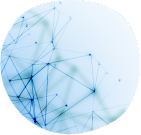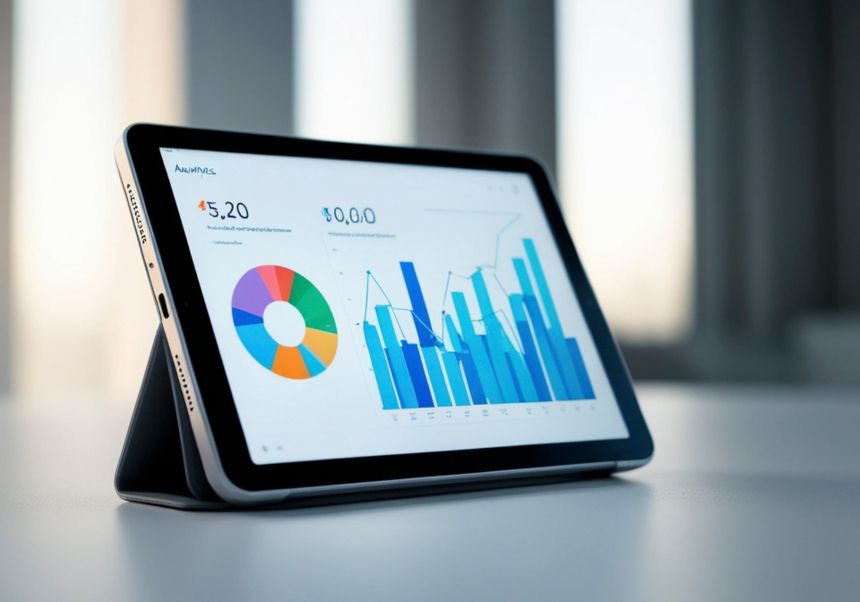CNEAI
CNEAI is the body responsible for the recognition of research sections or sexennis. The annual call establishes the criteria and the application submission period.
ANECA. ACADEMIA
The ACADEMIA Program carries out the curricular evaluation process to obtain accreditation for access to the university teaching bodies of Professor TU and CU. The call is open all year.
RODERIC
RODERIC (Repository of Digital Objects for Teaching, Research and Culture) is the institutional repository of the University of Valencia and responds to the University's commitment to the movement of open access to the knowledge acquired with its adherence to the Berlin Declaration (September 30, 2008).
Zenodo
Zenodo is a research data repository created by OpenAIRE and CERN to provide a place for researchers to deposit datasets.
FIGSHARE
Figshare is an online digital repository where researchers can preserve and share their research results, including figures, datasets, images and videos.
DRYAD
Dryad is an international disciplinary repository of data underlying scientific and medical publications. Dryad is a curated, general-purpose repository that makes data recognizable, freely reusable, and citable.
RepositoryR3Data
RepositoryR3Data (re3data.org) is an Open Science tool that provides researchers, funding organizations, libraries and publishers with an overview of existing international repositories for research data.
Europe PubMed Central PMC
Online database providing free access to a large and growing collection of biomedical research literature.
Scientia
Open access institutional repository of the Department of Health of the Generalitat of Catalonia, which contains the scientific literature produced by professionals, research staff and teachers who provide services in the entities and centers that make up the public health system of Catalonia.
Andalucía Health Repository
The Andalusian Health Institutional Repository gathers all the intellectual and scientific production generated by the professionals of the Andalusian Public Health System, as a result of their assistance, research and management activity.
Impact Factor
The FI is calculated by dividing the number of citations made to articles published in the previous two years by the total number of articles published in that period. We find it in the Journal Citation Reports (JCR). Consult the guide .
Quartile
The quartile of a journal is calculated by dividing the list of journals ordered by FI from largest to smallest into 4 equal parts so that each of the parts includes 25% of them. The magazines with the highest FI will be placed in Q1. Those that occupy the central positions in Q2 and Q3, and those with the lowest impact in Q4.
SRJ
The SJR expresses the number of links that a journal receives through the weighted citation of its documents, in relation to the number of documents published in the year for each publication. Citations are weighted based on those received by the citing publication. We find it in Scimago Journal Rank and in the Scopus database .
H Index
A researcher or journal has an h-index of X when X of their papers have received at least X citations each. We find it in the Web of Science, Scopus and Google Scholar. Consult the guide .
Eigenfactor score
It is an index based on the number of times that articles published in the previous five years have been cited in the current year. It removes self-citations and gives more value to citations that appear in major journals. Normalized Eigenfactor Score converts the Eigenfactor Score index into a multiplicative score of 1. We find them in the Journal Citation Reports (JCR).
SNIP
It measures the contextual impact of citations by weighting them according to the total number of citations in a given subject area. We find it in the Scopus database .
ICDS
It is an indicator that shows the journal's visibility in different international scientific databases or in periodical evaluation repertoires. A high ICDS means that the journal is present in different sources of information of international relevance. We find it in MIAR.
Immediacy Index
Calculates the frequency with which articles published by a journal are cited in the same year. It is calculated by dividing the number of citations to articles published in a given year by the number of articles published in that same year. We find it in the Journal Citation Reports (JCR).
Article Influence Score
It measures the prestige of the journal based on the citations received during the last five years. We find it in the Journal Citation Reports (JCR).
ORCID
ORCID is an international non-profit organization which provides a unique and persistent digital identifier for authors in the scientific and academic field. Consult the guide.
Dialnet
Dialnet is one of the largest bibliographic portals in the world, giving great visibility to Hispanic scientific literature. The author page in Dialnet is generated if it has publications, it is not created by the author and does not show the entire production. It is accessed through the authors index.
You can ask your library to review your profile and include your publications from here
SCOPUS
Scopus is a database of scientific bibliography with citation analysis of journal articles. The author's web page is not created by him, it is generated when the author's publications exist in the database. The update with new works is done automatically when new scientific production of an author is incorporated.
You can ask your library to correct the form(s) of your author name in Scopus. Or use this guide.
Web of Science Researcher Profile
The Web of Science has integrated existing profiles into Publons and they can now be viewed and managed from the WoS home page with just one user account. Publications are automatically updated and the researcher profile can be linked to the ORCID identifier. Consult the guide.
Google Academic / Scholar
As a Google search engine specialized in finding scientific-academic literature, it indexes publishers, libraries, repositories, bibliographic databases, etc. So it is interesting to register as an author, because it improves the visibility of the author and his publications (citations, links to the publications, etc.). Consult the guide.





















